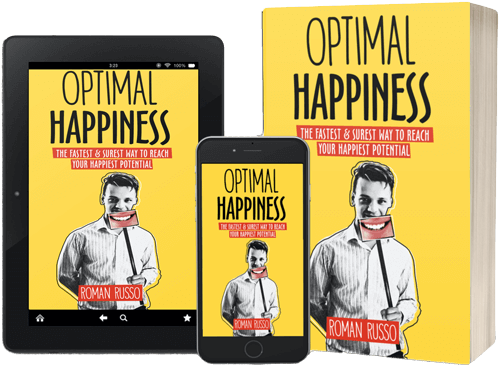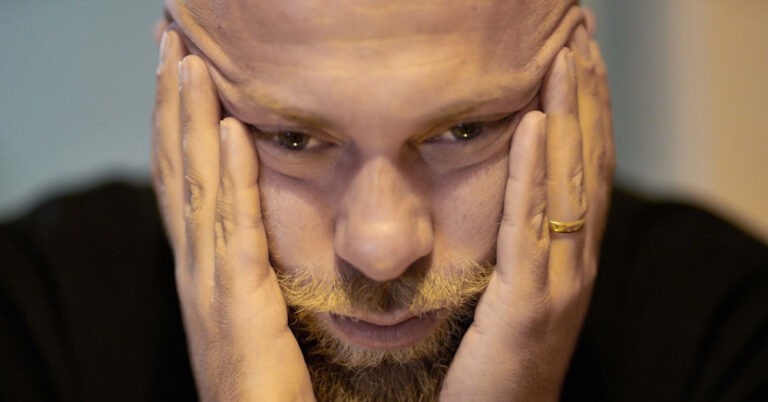The World Happiness Report is an invaluable source of information that ranks 156 countries each year according to their levels of happiness. This report is based largely on data from the Gallup World Poll, and it addresses a broad range of topics related to happiness, such as mental health, physical health, income, employment, and social support.
The World Happiness Report was first published in 2012 on 28 June, the same day that the United Nations General Assembly adopted Resolution 66/281, which declared 20 March as the International Day of Happiness and introduced the World Happiness Report as part of the celebration.
The World Happiness Report 2023 focuses on the data collected over the past decade in order to measure, envision, and inspire a happier world for the future. This report examines how different countries have been affected by the COVID-19 pandemic, as well as other global issues such as climate change, economic inequality, and political polarization. It also provides strategies for how these countries can create more joyful and equitable societies.

Insight #01: Where the change is happening
Finland is the happiest country in the world for the fourth year in a row, but this isn’t news worth noting. What is more interesting is the change in the absolute level of happiness people experience in places like Balkan countries (e.g., Romania, Bulgaria, and Serbia) where well-being has risen by a whole point or more (on a 10-point scale)!
These countries have seen a significant improvement in their happiness levels due to various factors such as increased political stability, improved economic conditions, and the implementation of social programs designed to improve quality of life. The countries that fell the most in the World Happiness Index are Venezuela, Afghanistan, and Lebanon, while next year, unfortunately, but predictably, Ukraine and Russia are likely to drop in the World Happiness Report Index. These countries have all experienced increasing levels of political unrest, economic instability, and social turmoil, all of which have contributed to a decline in their citizens’ happiness levels.
Insight #02: Stress, worry, and sadness are on the rise
In most countries in the world, stress, worry, and sadness have been steadily on the rise in the past years. For example, worry and stress have risen by 8% in 2020 and 4% in 2021, compared to their pre-pandemic levels.
In this regard, we could blame COVID for this downward trend, but this wouldn’t be accurate, as these factors have been steadily and progressively affecting our lives more and more for the last ten years. The rise in stress, worry, and sadness can be attributed to a variety of factors, including the increasing prevalence of mental health issues, rising levels of inequality, and a lack of access to basic services such as healthcare.
Insight #03: Mental health during COVID
The World Happiness Report 2023 shows that the pandemic has had a devastating effect on our mental health. The report finds that the global average life satisfaction score has declined by 0.35 points since 2018, 0.24 points in 2020, and 0.14 points in 2021. This is the lowest life satisfaction score since the report began in 2012, demonstrating the severe toll of the pandemic on people’s mental well-being.
The pandemic has also contributed to a decline in employment and income, which has further exacerbated mental health issues. With more people facing financial hardship, there is a greater need for mental health support services to ensure that people can cope with the stress and anxiety caused by the pandemic.
Insight #04: Surge in benevolence in 2021 due to COVID
The pandemic has sparked a surge in benevolence (i.e., volunteering, giving money to charity, helping others, etc.) since the start of the COVID pandemic. The report finds that the global average score for benevolence has increased by 0.21 points since 2018, 0.17 points in 2020, and 0.14 points in 2021.
This demonstrates the power of individuals and communities coming together to support each other during difficult times. It is clear that when faced with adversity, people are often willing to go above and beyond to help their fellow citizens, showing that compassion and kindness can still thrive even in the darkest of times.
Insight #05: “Trust” plays a major factor in COVID recovery
The World Happiness Report 2023 has revealed that trust is an essential factor in the successful recovery from the COVID-19 pandemic. The report finds that countries with higher levels of trust (i.e. trust in government, media, and institutions) have been far better equipped to respond to the pandemic.
COVID-19 death rates have been considerably lower in countries with greater trust in public institutions and where inequality is the lowest. This highlights the importance of trust in developing effective strategies to combat the virus and in ensuring a successful recovery.
Insight #06: New analytical tool to measure happiness
The World Happiness Report has developed a cutting-edge analytical tool to measure the happiness content of text, i.e., how often different types of words appear in different sorts of text, such as news reports, social media posts, and books. This allows researchers to accurately gauge how happiness changes over time in response to major events, such as the ongoing COVID pandemic.
This analytical tool is a powerful tool in understanding how different populations are coping with the pandemic, and provides invaluable insight for governments in developing effective strategies for recovery. This tool has the potential to revolutionize the way we measure the effects of large-scale events on global populations.
Insight #07: Using Twitter to analyze trends
The World Happiness Report found that Twitter is a powerful tool for analyzing short-term happiness changes in response to major events. It can capture a wide range of reactions, from joy to sadness, in response to current events, allowing researchers to gain a better understanding of how people are feeling in the moment.
For example, Twitter data was used to examine how people’s happiness varied in the days leading up to and after the US presidential election. The results showed that there was a sharp increase in happiness after Joe Biden’s victory, indicating that people felt optimistic about the future.
Twitter can be a great tool to measure happiness movements on a daily and weekly basis. Its real-time data can provide more insight into how people are feeling in response to global events, allowing for a more accurate assessment of public sentiment.
Insight #08: Happiness is overtaking GDP based indicators
Since the mid-2000s, news articles have become increasingly focused on happiness. Meanwhile, references to money and GDP have dropped in popularity. This suggests that people are turning away from a purely economic-based approach to measuring happiness and focusing on other factors that can contribute to individual well-being.
This shift in focus shows that people are recognizing the importance of mental health, social connections, and other intangible factors in determining overall happiness. It also suggests that people are recognizing the limits of GDP-based indicators in measuring people’s quality of life, and are instead looking to more holistic approaches. This could help to shape public policy in the future, leading to more effective strategies for improving the general well-being of individuals.
Insight #09: Research into ‘biomarkers’ of happiness
Recent advances in science have enabled us to uncover a plethora of “biomarkers” that can help us measure and understand happiness levels. Our research into the relationship between biology and happiness has revealed that our genetics play an important role in determining how happy we feel, and may even provide us with insights into why some people are happier than others.
Insight #10: The range of emotions in happiness research
Happiness research in the West has traditionally focused on the more intense positive emotions, such as joy and excitement. However, recent studies have highlighted the importance of low-arousal positive emotions, such as calm, peace, and harmony, in understanding our overall satisfaction with life.
In this vein, the 2023 World Happiness Report dedicated a special section to the role of these low-arousal emotions in our sense of well-being. It concluded that, in Western nations, the experience of balance, peace, and calm is more widespread than in poorer countries, such as those in East Asia. This indicates that in addition to the more intense emotions, low-arousal positive emotions are also essential for our overall happiness.
Read the full report here: https://worldhappiness.report















2 thoughts on “World Happiness Report 2023: 10 Main Insights”
Pingback: Happiness in Philippines: The 2nd Happiest Country in SEA
Pingback: 10 Reasons Why Money WON'T Buy You Happiness